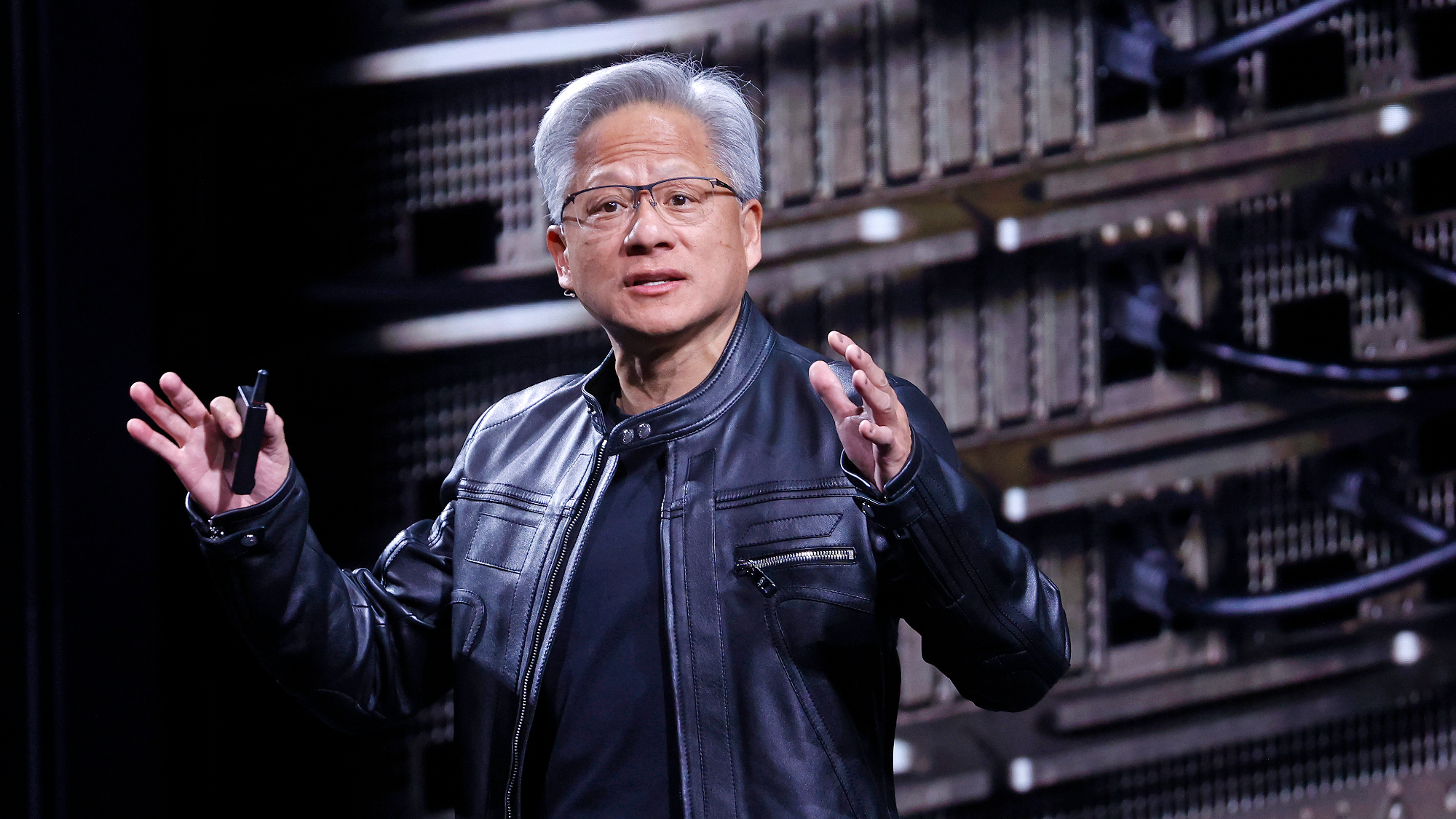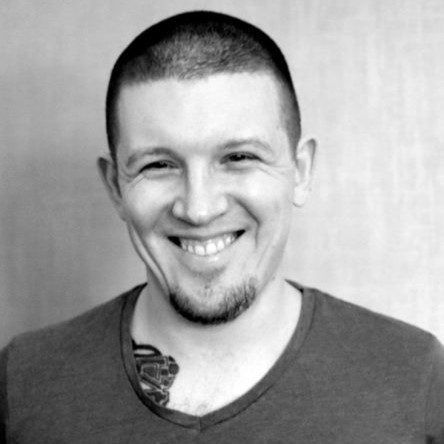Nvidia calms fears and hypes Europe's impending AI future
Everything Nvidia announced at the GTC Paris keynote at VivaTech

Nvidia’s keynote speech at GTC Paris was big, with many announcements that make us feel for the blistered fingers of the copywriters in Nvidia’s newsroom – though if it used AI to generate them, we wouldn’t be surprised. Just about everything out of CEO Jensen Huang’s mouth was prefaced by the term “AI” in some way or another, and no wonder: Nvidia continues to bet big on AI, and it’s doing it in truly international fashion. If you missed Huang's keynote, you can find it below.
Tokenizing Europe
What began as an evangelizing of the tokenization of computing quickly pivoted into a discussion on Nvidia’s major investments and partnerships in the European theater. These are broad and comprehensive, with Nvidia announcing deals with companies in France, Italy, Germany, Spain, Poland, the UK, Sweden, and Finland, among others.
It’s partnering with a range of telecom companies to push the development of sovereign artificial intelligence infrastructure. Some of that is in the development of its “AI Factories” idea, with Telenor in Norway helping to build a new AI data center, and Telefónica in Spain deploying Nvidia GPUs on scale in a new edge AI initiative.
Nvidia is also working with national governments to build and expand AI Technology Centers, which are designed to help train up the people who will work with future AI developments, as well as accelerate scientific research with AI in collaboration with academic institutions. “By building Europe’s first industrial AI infrastructure, we’re enabling the region’s leading industrial companies to advance simulation-first, AI-driven manufacturing.”, Huang said at the GTC Paris keynote.
These announcements were backed by national figures like French President Emmanuel Macron and the UK’s Technology Secretary Peter Kyle, who likened the use of AI to the adoption of coal to generate the electricity that powered the industrial revolution.
In total, Nvidia claimed to be deploying over 3,000 exaflops of Blackwell computing power in its range of European initiatives. Nvidia claims this will come from over $20 billion in EU investment in AI, including over 10,000 GPUs in the form of DGX B200 systems and RTX PRO servers at a single facility in Germany alone.
Huang also made a noteworthy push to frame many of these investments as building out sovereign AI solutions. This seems like a way to get ahead of concerns about an over-reliance on the US and companies like Nvidia. With the on-again, off-again trade tariffs from the Trump administration, and ongoing questions about global shipping times and technology availability, this seemed particularly poignant.
I am Gr00T
More immediate in both timescale and physicality, Huang also talked about how Nvidia and its partners are using agentic AI to introduce a new generation of robots to the workplace, smart cities, and our homes. Alongside European partners showcasing their own AI-driven robots accelerated by Nvidia hardware, Huang talked about Nvidia Isaac Gr00T N1.5, a foundational model for humanoid robot reasoning and skills that’s now available to download. This includes new robotics simulation frameworks, which have been optimized for Nvidia’s RTX Pro 6000 workstations.
Again, seeming to get ahead of concerns and misgivings, Nvidia highlighted its Halos platform, a comprehensive safety system for robotic hardware. That includes an extension package for its IGX platform, which makes it easier to program safety functions into the robots, and an AI-powered agent that can monitor the robot’s operations to improve its safety over time.
Nvidia also talked up how its virtual training ecosystems were accelerating robotic development and training, allowing for faster iteration and innovation in this burgeoning space.
Hitting the road (not pets or people)
Some people have been hyping up self-driving cars for over a decade, but Nvidia is confident it really is becoming more of a viable reality. To showcase that, Huang highlighted how Nvidia had won the CVPR End-to-End AV Grand Challenge for autonomous driving for the second year in a row.
This year, Nvidia was able to take the top spot thanks to its development of the Generalized Trajectory Scoring for End-to-end Multimodal Planning, or GTRS. Designed to help autonomous cars handle dramatically shifting traffic conditions or sudden events that require bespoke solutions, GTRS proved effective at selecting from a wide range of potential responses.
Focusing on safety, comfort, and traffic rule compliance, GTRS was able to break down what was happening and find subtle differences between it and competing scenarios to find the most appropriate response.
Huang also discussed how Nvidia is furthering autonomous driving research and training by using virtual worlds to massively ramp up the amount of data it can feed its AI systems. By leveraging imaginative, synthesized scenarios, Nvidia is able to train autonomous driving algorithms on a much broader array of scenarios than real-world driving can manage alone.
Assuaging concerns, massaging wallets
Much of Jensen Huang’s keynote speech at GTC Paris was celebratory. Nvidia is doing big things in Europe, developing AI factories and partnering with national governments and private enterprises in equal measure at quite a staggering scale. It’s getting its hardware and traditionally closed software ecosystems at the heart of some of the most exciting and potentially world-changing industries the world has seen in quite some time.
But throughout his keynote, Huang also strived to calm fears over the application of AI, like its robotics initiative, built with safety at their heart, or autonomous driving, with redundant systems for critical failure scenarios. Nvidia is pitching Europe a future with itself at the heart of just about all of it.
Follow Tom's Hardware on Google News to get our up-to-date news, analysis, and reviews in your feeds. Make sure to click the Follow button.

Jon Martindale is a contributing writer for Tom's Hardware. For the past 20 years, he's been writing about PC components, emerging technologies, and the latest software advances. His deep and broad journalistic experience gives him unique insights into the most exciting technology trends of today and tomorrow.


